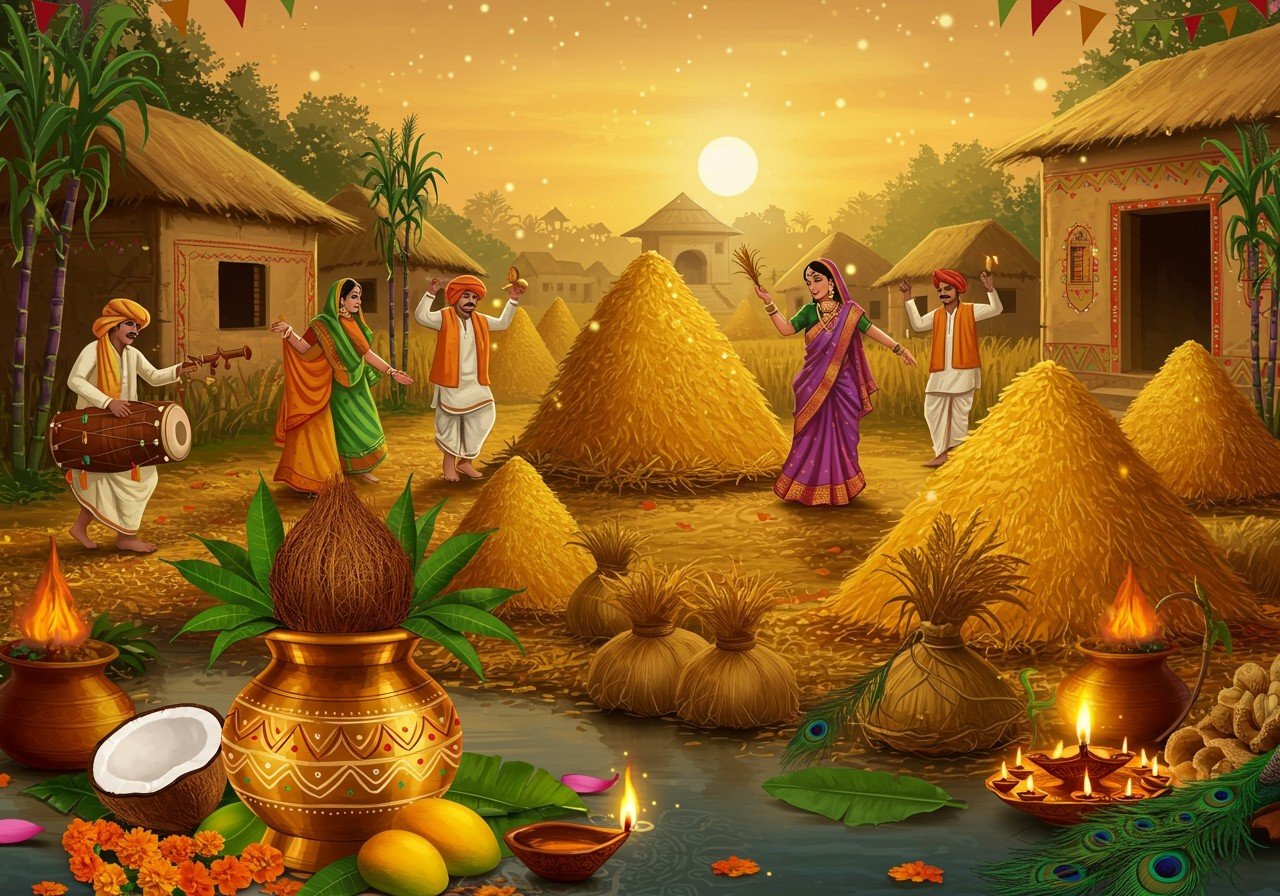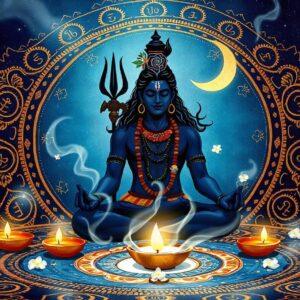
Harvest festivals are vibrant celebrations of the earth’s bounty and the culmination of a community’s hard work. Rooted in tradition, these festivals hold immense cultural significance. This guide delves into the world of harvest festivals, exploring their diverse rituals, traditions, and the vital role of community.
Harvest Festivals Across the Globe
Harvest festivals are a global phenomenon, each unique in its customs and meaning. As per our research, harvest festivals are annual celebrations that occur around the time of the main harvest of a region, influenced by local climates and crops. These festivals can be found worldwide and may vary in timing and traditions. Examples include Thanksgiving in the U.S. and Canada, the Mid-Autumn Festival in Hong Kong, and the Incwala in Swaziland. They often involve giving thanks for a bountiful harvest and feature foods from the seasonal crops.
- Pongal (Tamil Nadu, India): Celebrated at the end of the winter solstice, Pongal involves cooking the first rice of the season, signifying the start of a new agricultural cycle and offering thanks for a bountiful harvest. This festival includes various rituals like the preparation of Pongal, a sweet rice dish cooked in new pots, and offering it to the Sun God along with other delicacies.
- Thanksgiving (United States and Canada): A time for families to gather and express gratitude for the blessings of the past year, particularly the harvest. Thanksgiving feasts feature traditional dishes like roast turkey, stuffing, and pumpkin pie, symbolizing abundance and togetherness.
- Mid-Autumn Festival (China and other East Asian countries): Celebrated under the full harvest moon, this festival involves sharing mooncakes, lighting lanterns, and appreciating the beauty of the autumn season. It’s a time for family reunions and expressing gratitude for the harvest’s abundance.
- Oktoberfest (Germany): While coinciding with the harvest season, Oktoberfest primarily celebrates Bavarian culture with beer, music, and traditional food. It’s a time of merriment and community bonding, marking the end of the agricultural work and the beginning of the festive season.
- Yam Festival (Ghana): This festival celebrates the first harvest of yams, a staple crop in Ghana. It involves rituals honoring the earth and giving thanks for a successful harvest, followed by feasting and community gatherings centered around yam-based dishes.
- Sukkot (Israel): Commemorating the Israelites’ journey through the desert after their exodus from Egypt, Sukkot involves building and dwelling in temporary shelters called sukkahs. This festival connects people to their agricultural heritage and the cycle of harvests.
- Chuseok (South Korea): A major harvest festival, Chuseok is a time for honoring ancestors and sharing the harvest’s bounty with family and friends. People prepare special foods like songpyeon rice cakes and visit ancestral graves to pay respects.
Rituals and Traditions
Rituals and traditions form the heart of these festivals, connecting communities to their heritage.
- Pongal: The central ritual involves boiling the first rice of the season in new clay pots and offering it to the Sun God as a symbol of gratitude for a successful harvest. The overflowing of the pot, known as the “Pongal,” is considered auspicious.
- Thanksgiving: Families gather for a large feast, traditionally including roast turkey, stuffing, cranberry sauce, and pumpkin pie. Giving thanks for the blessings of the past year is a central element of the celebration.
- Mid-Autumn Festival: Sharing mooncakes, intricately decorated pastries filled with sweet fillings, is a key tradition. Lighting lanterns and admiring the full moon symbolize unity and togetherness.
- Oktoberfest: The festival begins with the ceremonial tapping of the first keg of beer by the mayor of Munich. Traditional Bavarian music, dancing, and food contribute to the festive atmosphere.
- Yam Festival: Yam pounding, a traditional method of preparing yams, is a significant ritual. Sharing the prepared yam dishes with the community symbolizes unity and gratitude.
- Sukkot: Building and decorating the sukkah, a temporary dwelling, is a central tradition. Families eat meals and sometimes sleep in the sukkah, connecting them to their agricultural roots.
- Chuseok: Making and sharing songpyeon, small rice cakes filled with sweet ingredients, is a key tradition. Families also visit ancestral graves to pay their respects and offer food and drink.
The Importance of Community
Community plays a vital role in harvest festivals, strengthening social bonds and fostering a sense of belonging.
- Unity: Festivals bring people together to celebrate their collective efforts in cultivating and harvesting crops, fostering a strong sense of community spirit.
- Gratitude: These celebrations offer a moment to reflect on the abundance of the harvest and express gratitude for the earth’s provisions and the hard work of the community.
- Social Bonds: Participating in traditional rituals, sharing meals, and engaging in festive activities strengthens social bonds and reinforces community ties.
The Role of Food
Food takes center stage, symbolizing abundance, prosperity, and the fruits of labor.
- Pongal (India): The sweet Pongal dish, made with freshly harvested rice, jaggery, and other ingredients, symbolizes prosperity and good fortune.
- Thanksgiving (United States): The traditional Thanksgiving feast, including roast turkey, stuffing, and pumpkin pie, represents the abundance of the harvest and is a time for sharing and gratitude.
- Mid-Autumn Festival (China): Mooncakes, with their intricate designs and sweet fillings, symbolize unity, togetherness, and the fullness of the harvest moon.
Poojn.in: Your Partner in Celebrating Harvest Festivals
Poojn.in, India’s leading online store for cultural goods and services, offers a wide selection of products to enhance your harvest festival celebrations. You can find everything you need for a traditional and authentic celebration, from fresh paddy seeds for Pongal to chand malas for decorating deities. Poojn.in also offers a variety of camphor, cotton threads, and kala til for various puja rituals. Explore our extensive collection and make your celebrations truly special. Visit poojn.in today!
Modern Adaptations
In today’s digital age, online platforms like poojn.in play a significant role in making traditional celebrations more accessible. You can conveniently purchase authentic puja items, learn about rituals, and connect with others online, keeping the spirit of these festivals alive while embracing modern convenience.
Conclusion
Harvest festivals are a testament to our enduring connection to the earth and the importance of community. They are a time for gratitude, celebration, and the preservation of cultural heritage. By embracing both tradition and modern adaptations, we can ensure these festivals continue to enrich our lives for generations to come.


